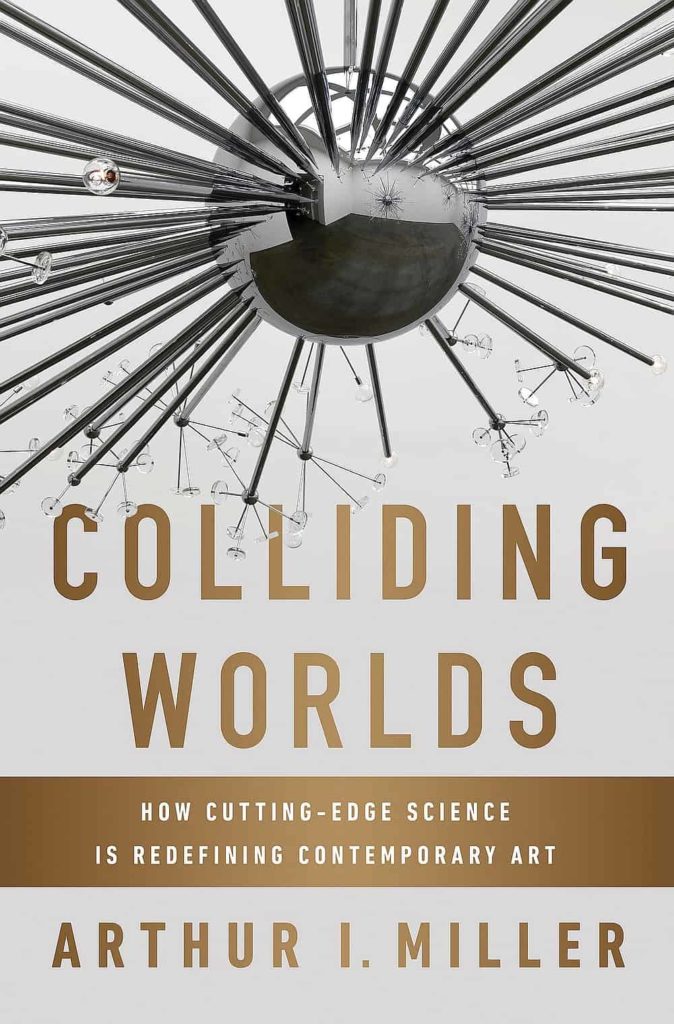“Arthur Miller’s Colliding Worlds answers the age-old question of whether art and science can find common ground with a resounding ‘yes!’. From the foundations of cubism to bacterial radios, fluorescent rabbits, and musical hyper-instruments, Miller’s easy-going, anecdotal, and wide-ranging narrative shows how artists exploit cutting-edge advances in science and technology to alter dramatically the palette of artistic invention.”
Mark Pagel, author of Wired for Culture: Origins of the Human Social Mind
“This is a book specially for people who go to Tate Modern and can’t get the hang of it. ”
Paul Johnson, The Spectator, 15 November 2014
“Arthur I. Miller understands the intersection of art and science better than anyone writing today. In Colliding Worlds, he brilliantly helps us expand our definitions of art and science while encouraging us to appreciate how both involve an intuitive feel for the beauty of the unseen.”
Walter Isaacson, author of Steve Jobs
“Modern discoveries reveal an extraordinary range of concepts and images—from the subnuclear world, via robots and computers, to the cosmos. These have nourished the creativity of artists. Arthur Miller has the rare intellectual range to address this theme—and that’s what he’s done in this fine book.”
Martin Rees, Astronomer Royal
“This is a story of wonders, from the revolutionary ideas of Einstein and Picasso to nanoart and fluorescent rabbits. Both science and art propose models of the world that, when refracted through the medium of technology, can reveal amazing new vistas. Arthur Miller explores what happens when the brainwaves, objectivity, and logic of science spark off the inspiration, subjectivity, and wildness of art, and vice versa. After tracing out the contacts between these spheres of endeavour, Miller goes even further, suggesting that the boundaries between them are breaking down: science is redefining contemporary art to seed a third culture.”
Roger Highfield, director of external affairs, Science Museum, London
“In this entertaining, thorough investigation, we meet dozens of artists taking the field in a myriad of new directions.”
Dan Falk, Physics World
“While Picasso, with his African objects and Dali with his Freud are the common influence narratives of these rock star 20th-century artists and their contemporaries, there is a whole other side of this art history that is not well known; science and technology have, since the carving tool was conceived, continually played a critical role in the developments of art in both idea and progress. And if there is anyone to write about this subject, it is Arthur I. Miller.”
Julia Buntaine, SciArt in America
